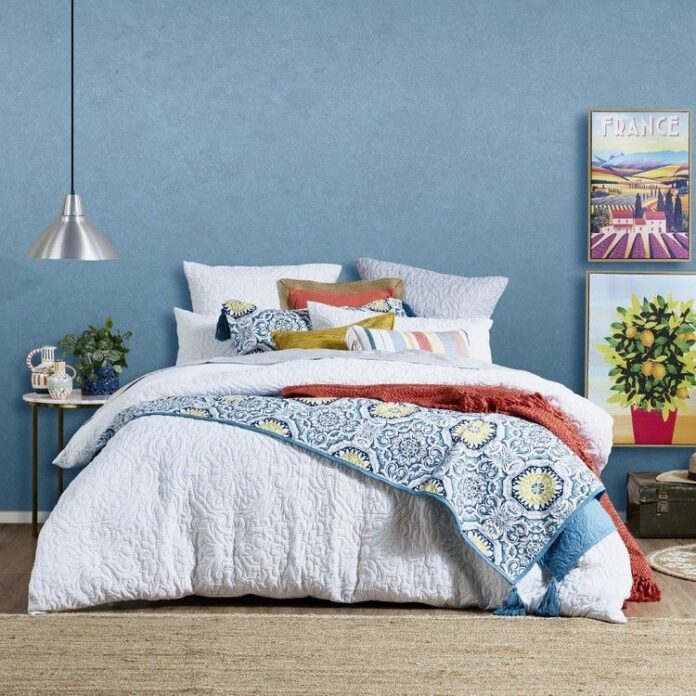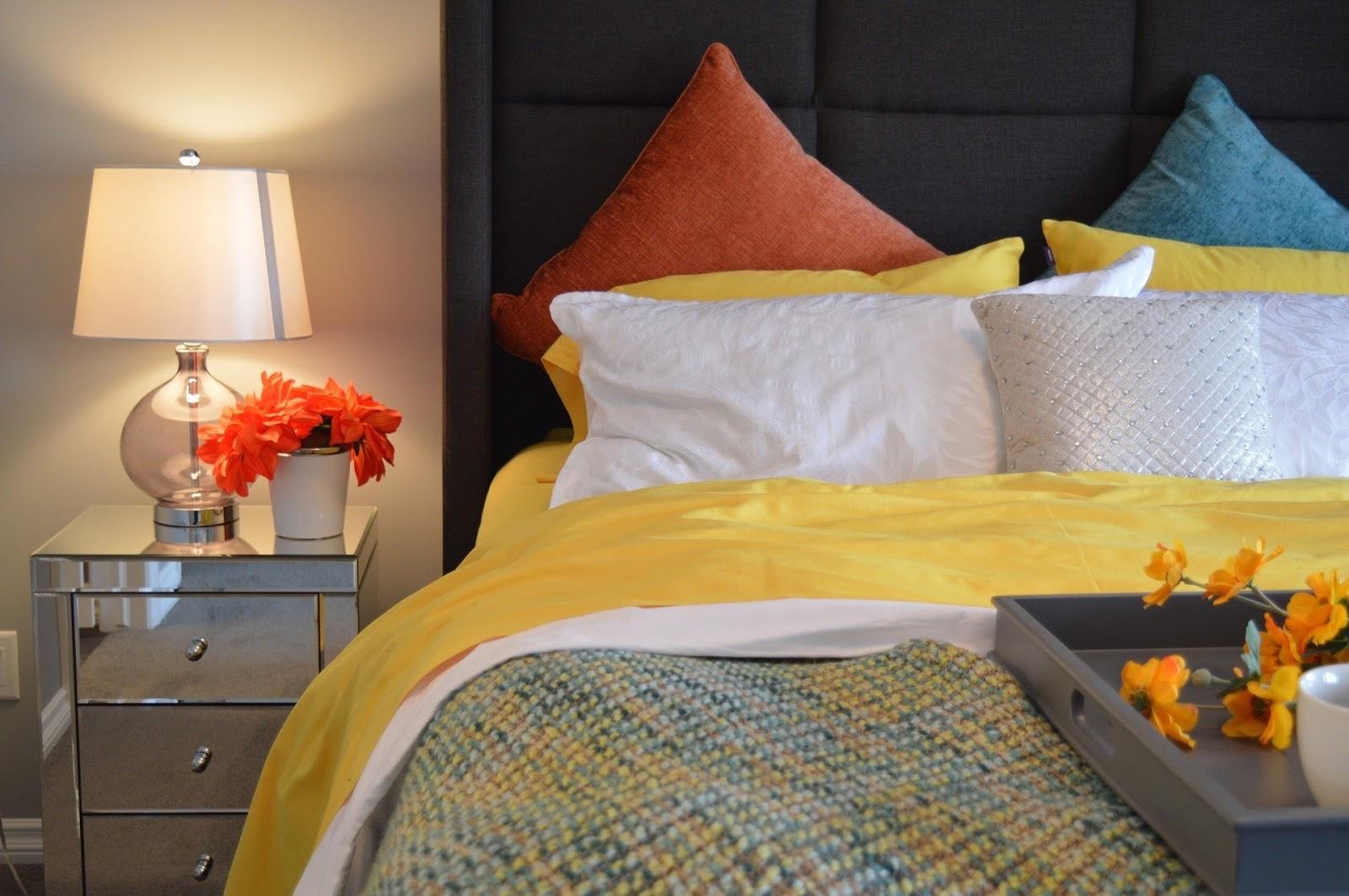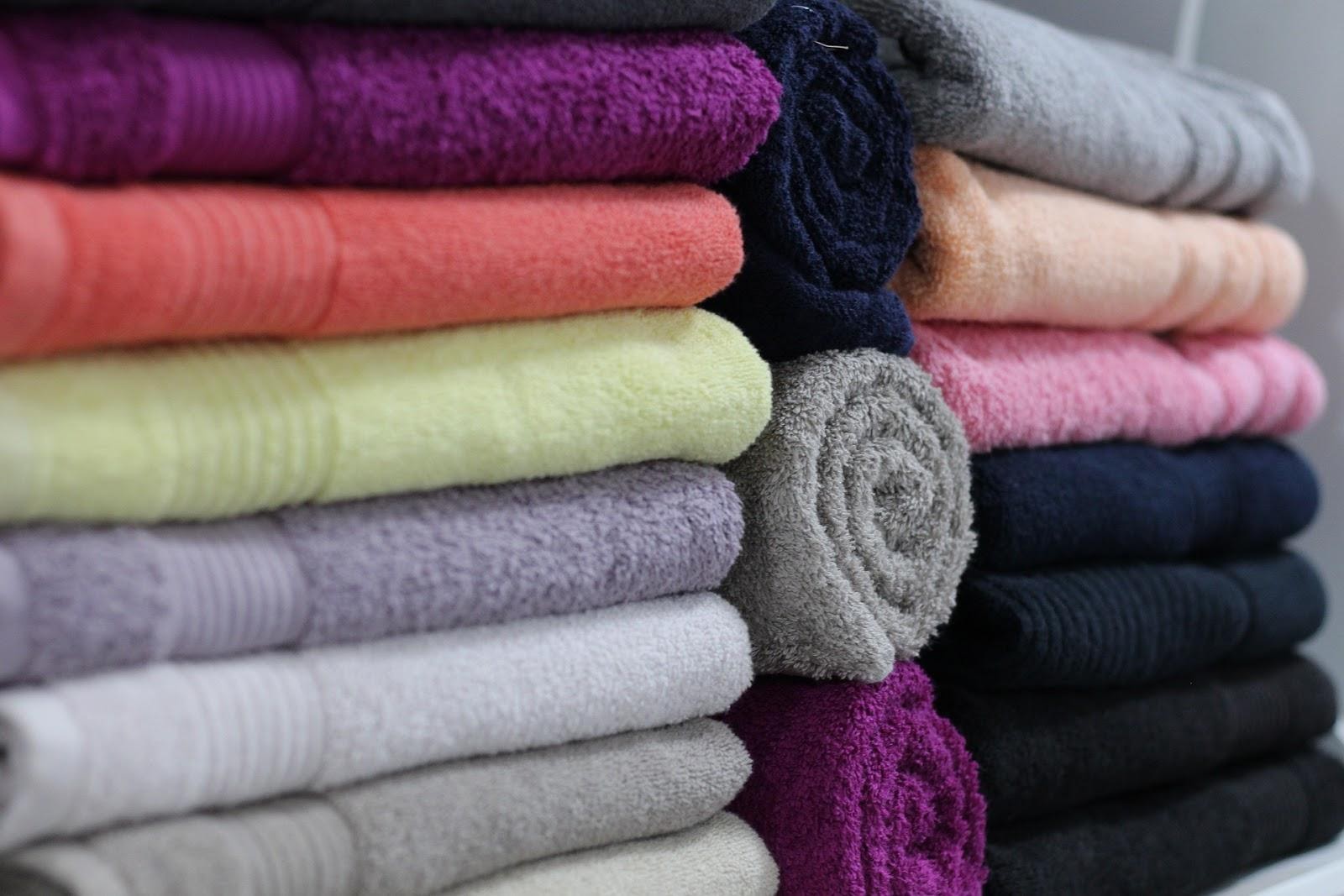Bedtime is synonymous with a time to rest and recharge at the end of the day. For most people sleep is either preceded or followed by a shower. Household linens are a combination of the towels and bedding you use to cozy up at the end of your day.
The chances are, if anyone asked you how to improve your bedroom space, your response may focus on structural fixes: a new bed, carpeting for more warmth, or better light fixtures to set the mood right. It also could be you finally need to find a drawer slide manufacturer with a solution for those sticky sock drawers that won’t budge. Fair enough, they are all valid needs.
There is however, an easy way to make your bed and bath rival a spa retreat: it is all in the linen you choose. Curious? Here is what you can consider next time you are shopping for new linens:
Bedding
The question here is, do you want to wake up feeling rested or like you were wrestled by dry sisal? The type of fabric your sheets are made of contributes significantly to your quality of sleep. As you shop for sheets you will likely hear the terms ‘Egyptian cotton’ and ‘thread count’ often. They are somewhat the holy grail of the bedding industry but require discernment.
Cotton is highly recommended for how breathable it is. The importance of breathability is to avoid your bedding easily becoming humid and uncomfortable if you sweat in your sleep. On the other hand, thread count refers to the density of threads woven. A higher number of threads in a square create more density and thus produce a softer durable fabric. It is for this reason that high thread counts are a selling point.
Comfortable bedding would likely be a blend between softness and breathability but preferences matter. Some people prefer the luxurious feel of satin sheets while others would be worried about sliding off the bed. The rule of thumb here though, is simple, when in doubt always pick quality cotton. It is unlikely you will suffer for it.
Color
House linens are a great way to liven up your decor where you have more muted wall colors. It is rejuvenating to have a new spread of color every time you change them. To this end, try not to shy away too much from color or prints if you would like a more interesting room. As a way to blend the decor, you could choose shades that complement each other for the bedding and drapes.
Size
Fighting for covers should be classified as a domestic sport of some sort although it is a very uncomfortable one to play. Waking up with frozen feet in the middle of the night due to insufficient coverage can be awful. Additionally, whether you prefer hospital corners or the military-style of spreading, none of them can be achieved with a poor fit.
There are standard bed sizes but they tend to differ slightly in dimension from country to country. For instance, if you buy sheets for a king-size mattress made in Europe, they may fit differently for an American mattress. An easy way to get around this would be to take note of your precise mattress dimensions to compare them to the linen measurements.
Towels
A fresh fluffy towel after a nice long bath can feel like an embrace from a dear friend. However, if you have the wrong kind of towel, it is a disappointing embrace. Poor quality towels hardly get your skin dry or tend to leave fur-like fragments on your skin. You may want to evaluate:
Absorbency
How much water a towel absorbs is based on the density of its weaving. A denser towel can take on more water than a thinner one just as it is with thread counts in sheets. Further, the fabric will affect absorbency too with cotton again taking the prize of recommendation.
Maintenance is key in ensuring that even after purchase you do not erode absorbency. Expert advice says to avoid using fabric softener as its residue makes it difficult for water to be absorbed. However, if you have already committed that cardinal sin, there are cleaning methods you can try and use to salvage them
The Lint Factor
When you use a towel and end up looking like cats ran over you, it is probably quite unpleasant. The reason this happens is when a towel is woven using fabric with shorter strands. You could buy what is supposedly good cotton but still end up with lint all over you or your dishes.
In order to avoid shedding, you will need a cotton towel made from longer fibers such as those of Pima cotton. As you make your purchase check the detailing of the fabric used on the tag with laundry instructions.
Durability
Good quality is frequently associated with durability. However, while that is true, how you maintain your linens will determine how long they serve you. Even the best of fabrics will only care for you as much as you care for them. Try to:
- Adhere to the manufacturer’s laundering instructions
- Choose detergents that are not overly harsh on the fabric
- Have multiple sets and change them often to mitigate wear and tear
- Unless counter-indicated warm water will give you better cleaning results
Skin Sensitivity
In the event, you suffer from allergies you will need to factor this into your choice of fabrics. Some fabrics irritate the skin more than others such as silk which is proven to be more gentle.
In relation to this, if bacteria on towels worries you, there are brands in the market that cater to that. They offer towels which they say repel the breeding of bacteria. You may want to try them and see if they work for you.
Conclusion
Brick and mortar make a house but it is the soft touches and creature comforts that make a home. While they might seem like frivolous indulgences, they make a great difference to your overall health. The benefits of good sleep, for example, can not be overstated. Far from frivolity, it is actually self-care.
Good linens are the kind of gift that keeps on giving. Here’s hoping you reward yourself soon enough.






















